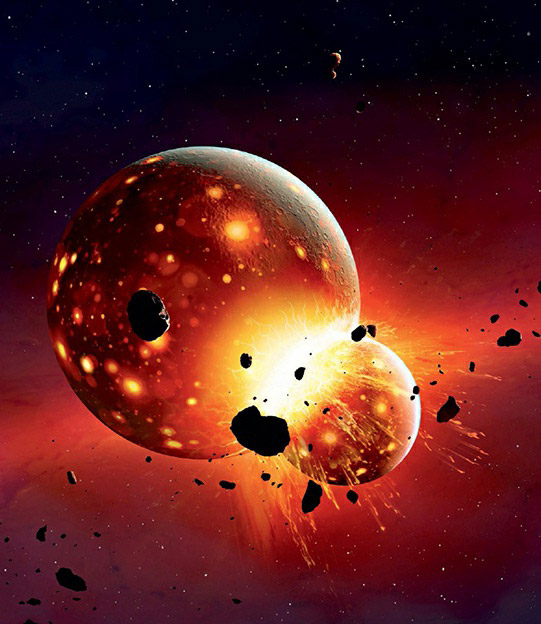The Moon, Earth’s unique and large natural satellite, has long intrigued scientists and astronomers. Its origin, a subject of much debate and scientific inquiry, challenges our understanding of planetary formation. Initially, theories like simultaneous formation with Earth, a fission from a rapidly spinning early Earth, and even lunar capture from the solar system were considered. However, these theories faltered under scrutiny, especially after lunar samples from the Apollo missions provided new insights.
The collected data contradicted earlier hypotheses. For instance, the accretion theory suggested the Moon would share Earth’s composition and age, but this wasn’t the case. The Moon’s lower density and reduced iron content, coupled with its slightly later formation, indicated a different origin. Similarly, the fission and capture theories struggled with practicalities, like the implausibly rapid spin of early Earth or the complex dynamics of a celestial capture.
A breakthrough came in the 1990s with the giant impact hypothesis. This theory posits that a Mars-sized protoplanet collided with the early Earth at a specific angle, causing a significant portion of Earth’s mantle to be ejected into orbit. This debris eventually coalesced to form the Moon. This catastrophic event not only reshaped Earth’s surface but also created the conditions for the Moon’s unique composition and characteristics. Today, the giant impact hypothesis remains the most widely accepted explanation for the Moon’s origin, aligning closely with the lunar data we have.

